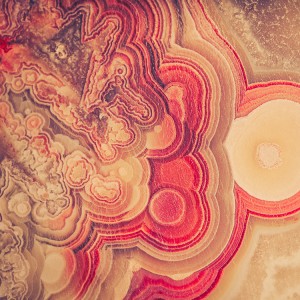Comet ISON is just days away from its first close encounter with the sun. Hopefully, it will survive to put on a nice show during the first week of December 2013.
Comet ISON began its trip from the Oort cloud region of our solar system about 10,000 years ago, and it is now travelling toward the sun. The comet will reach its closest approach to the sun on Thanksgiving Day, 28 November 2013, skimming just 730,000 miles above the sun’s surface. If it comes around the sun without breaking up, the comet will be visible in the Northern Hemisphere with the naked eye, and according to NASA, ISON is predicted to be a particularly bright and beautiful comet.
Catalogued as C/2012 S1, Comet ISON was first spotted 585 million miles away in September 2012. This is ISON’s very first trip around the sun, which means it is still made of pristine matter from the earliest days of the solar system’s formation. Its top layers have never been lost by a trip near the sun. Comet ISON, like all comets, is a dirty snowball made up of dust and frozen gases like water, ammonia, methane and carbon dioxide. These are some of the fundamental building blocks that scientists believe led to the formation of the planets 4.5 billion years ago.
In April 2013, NASA noted that the comet’s dusty coma, or head of the comet, was approximately 3,100 miles across, or 1.2 times the width of Australia. Its dust tail extended more than 57,000 miles, far beyond Hubble’s field of view. At that time, Comet ISON was about 44 million miles from the sun and 80 million miles from Earth, moving at a speed of 136,700 miles per hour.
The journey along the way for such a sun-grazing comet can be dangerous. Before it reached Mars, about 230 million miles away from the sun, the radiation of the sun began to boil the comet’s water, the first step toward breaking apart. A giant ejection of solar material from the sun could rip its tail off. The intense radiation and pressure as it flies near the surface of the sun could destroy it altogether.
NASA has been using a vast fleet of spacecraft, instruments, and space- and Earth-based telescopes, to learn more about this time capsule from when the solar system first formed. This collection of images shows ISON throughout that journey. ISON stands for International Scientific Optical Network, a group of observatories in ten countries that have organized to detect, monitor, and track objects in space. ISON is managed by the Keldysh Institute of Applied Mathematics, part of the Russian Academy of Sciences.
Credits: NASA, ESA, the Hubble Heritage Team (STScI/AURA), MSFC/Aaron Kingery, MEO/Cameron McCarty





































